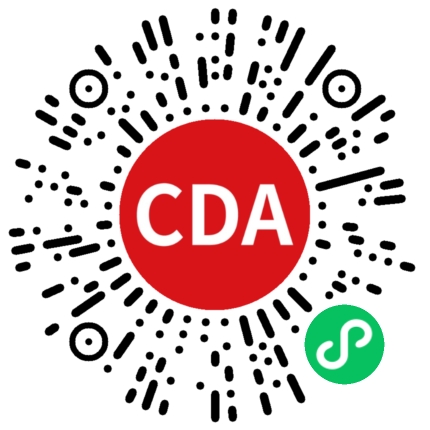P136 设计思维框架:发现、定义、创建、评估
Design thinking is indeed a widely used problem-solving approach and involves a series of stages to ensure a thorough understanding and innovative solution to problems. The stages outlined in design thinking generally align with one of the options provided:
The correct answer is: **A: discovery, definition, creation, and evaluation**.
### Professional Analysis:
1. **Discovery**:
- This stage involves empathizing and understanding the users' needs, motivations, and challenges. It's about gathering insights through observation, interviews, and research, setting the foundation for a user-centered approach.
2. **Definition**:
- During this phase, the gathered insights are synthesized to define the core problems. This helps in framing the problem in a human-centered manner, guiding the focused development of solutions.
3. **Creation**:
- Also known as ideation, this stage is about brainstorming and generating a wide range of ideas. Creative techniques are used to explore possibilities and challenge assumptions, leading to innovative solutions.
4. **Evaluation**:
- Finally, the evaluation or testing phase involves prototyping solutions and getting feedback. Iterative testing ensures that the solutions meet user needs and allows for refinement based on real-world application and feedback.
### Comparison with Other Options:
- **Option B** focuses on a more general approach, lacking the specific stages of discovery and definition, which are crucial for a user-centered methodology.
- **Option C** includes elements like development and implementation, which are more aligned with the later stages of product development rather than the iterative and exploratory nature of design thinking.
- **Option D** emphasizes commercialization, which extends beyond the scope of the primary design thinking process, focusing instead on business strategy and market introduction.
Design thinking's structured yet flexible approach promotes creativity and user-centric solutions making it effective across various domains from product design to business strategy.
